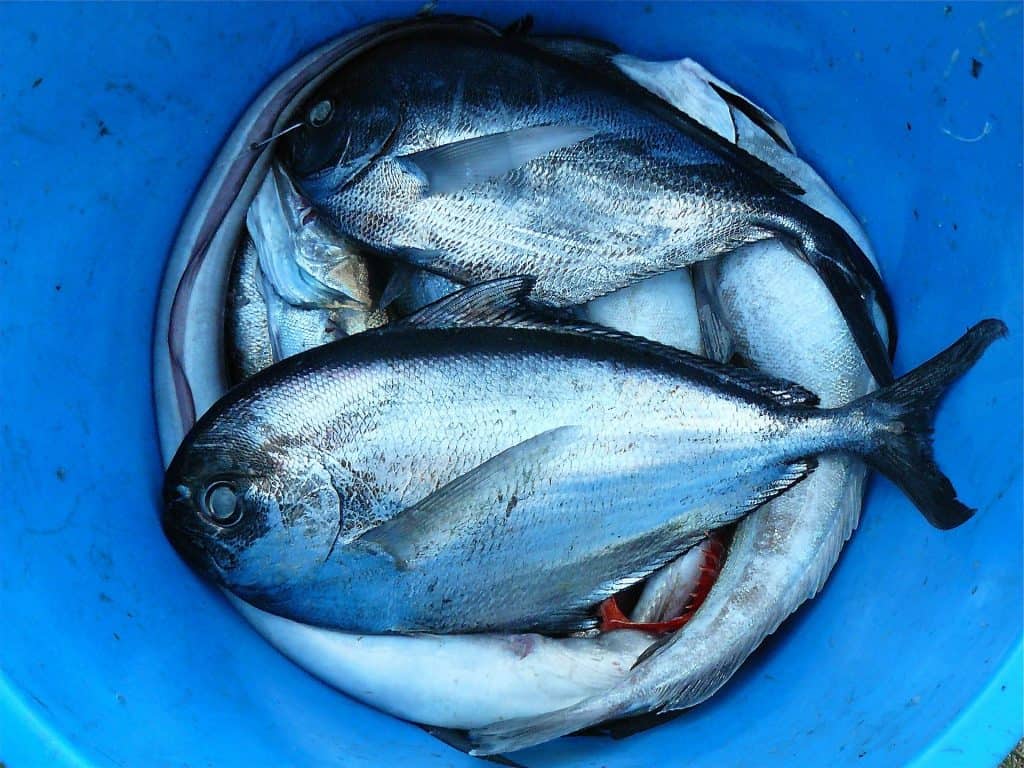Here are some helpful ideas in how to buy healthful fish:
Coldwater fish rather than fish from warmer waters Salmon, artic cod, and tuna, which sim in cold water, are rich in the polyunsaturated fats known as omega-3s. Since salt freezes at subzero temperatures, how do costal fish survive winter waters unfrozen? In part, the answer is that polyunsaturated fat is a type of fish antifreeze.
Wild rather than farmed. Wild salmon have healthier diets, and thus have lower levels of toxins and they have healthier fats- more omega-3s. Wild salmon are naturally red in color from beta-carotene in a balanced diet, while farm-raise salmon are fed supplemental beta-carotene to make it appear to consumers that the fish had a healthful well-balanced diet.
South rather than north. The northern hemisphere waters have more pollutants than those in the southern hemisphere
Young and small rather than big and old. The smaller the species of fish and the younger the fish or any species, the less the mercury content is likely to be. In other words, the 300 pound swordfish has a much greater risk of mercury than the small anchovy.

